'NATASHA MALIK' REDEFINING THE CANON, CENTERING FEMALE PERSPECTIVES AND CHALLENGING PATRIARCHAL DEFINITIONS OF FEMINIST ART
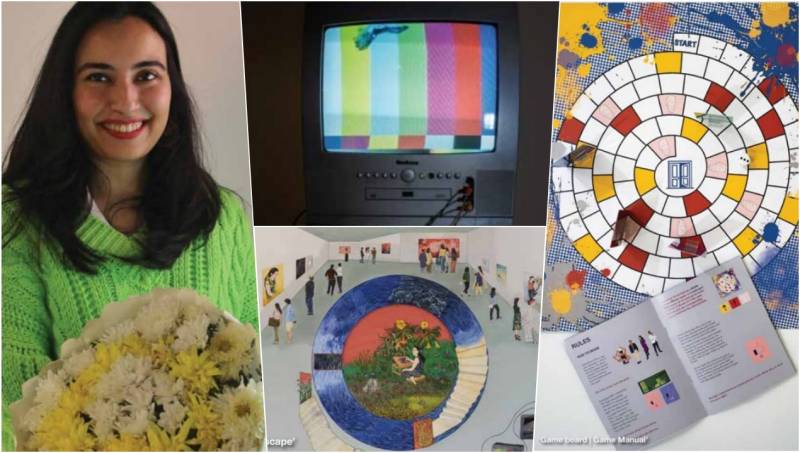
'I don’t necessarily have a favourite artist, I connect with different practices, depending on my own frame of mind, or what direction my work is taking'
Natasha Malik is an artist who is currently based in Islamabad and explores female identity and sexuality developed within the constraints of patriarchy. We speak with the talented artist to findout the details of her artwork...
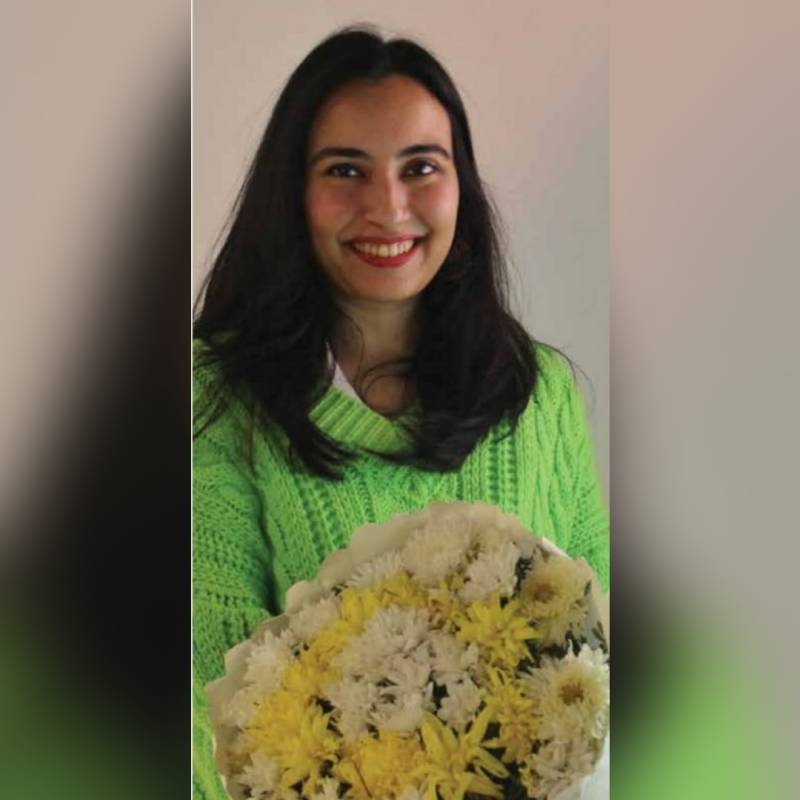
Natasha! Pleasure to have you. Let’s start from the beginning and talk about how your journey in art started. Did you always feel the need to express through art?
Thank you for having me! Art for me is a different kind of language through which I express my ideas. The process of making has always felt quite natural and has developed organically over the years. What I make in images is perhaps what I am unable to say in words.
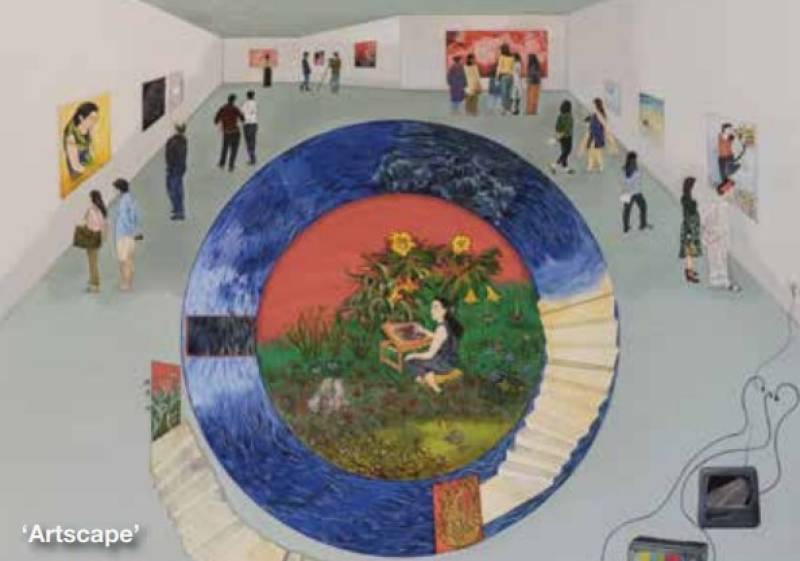
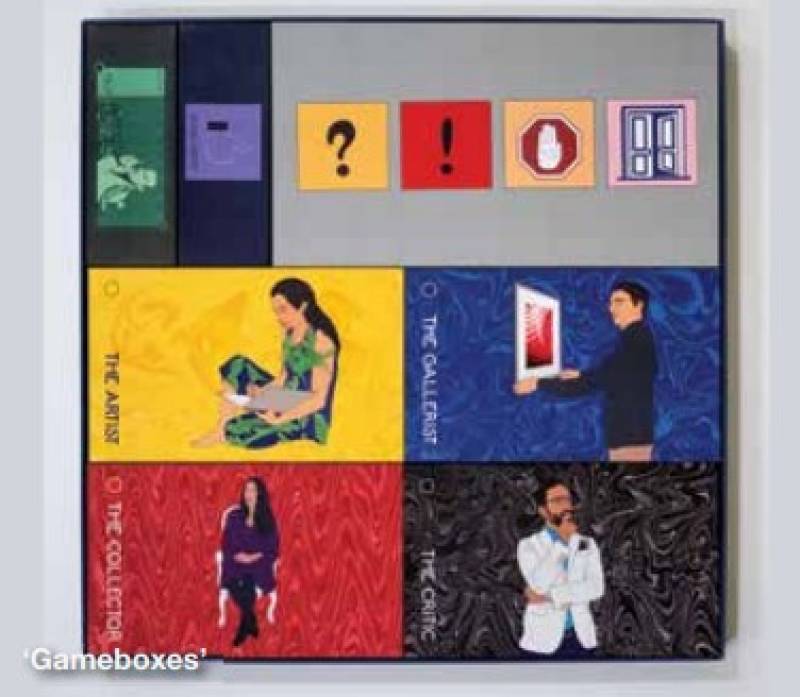
You’re a graduate of one of the few art schools in Pakistan, the National College of Arts in Lahore. Do you feel like having received your initial education in the arts in Pakistan has shaped you as an artist?
NCA was crucial to my development as an artist. It was an intense fouryear journey, that left you questioning a great deal about your ideas and practice. Sometimes you would feel completely lost and uncertain about your work, and then there were these wonderful moments of clarity that really pushed you to create. I was lucky enough to have great tutors such as Anwar Saeed, Maryam Hussain, Laila Rahman and Murad Khan Mumtaz (amongst many others.)
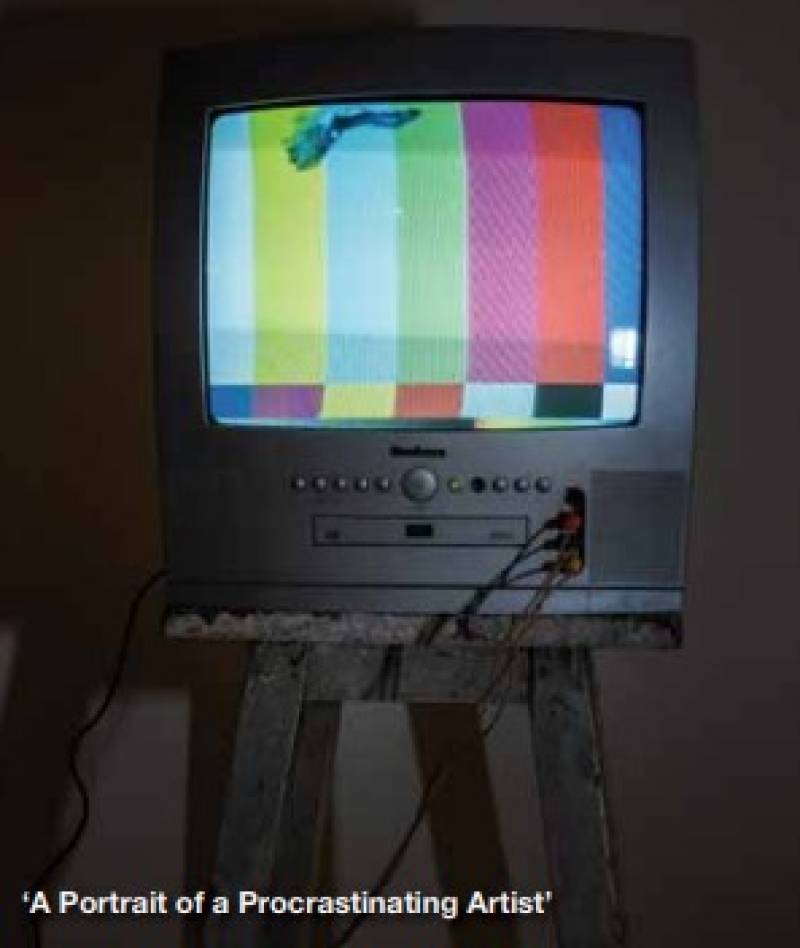
'It (Life of an Image) addresses power structures such as Patriarchy and Capitalism, specifi cally drawing attention to #Metoo and ethical art practices'

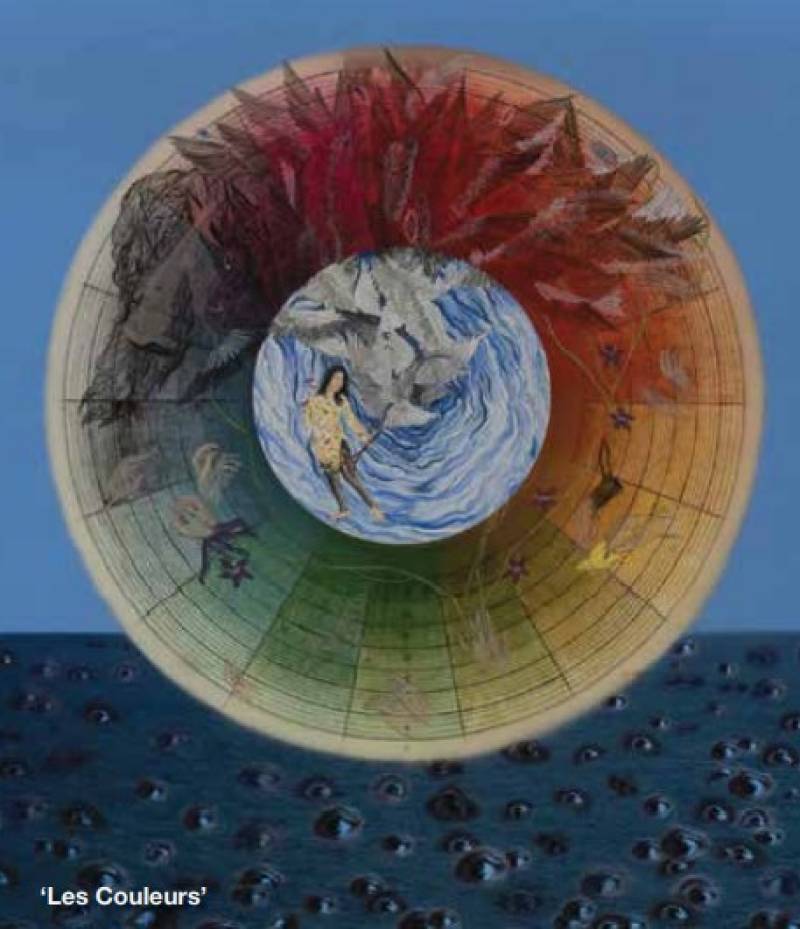
Who or what inspires your work the most? Is it a particular aesthetic, a person or people or even an idea?
Inspiration is not something that can really be measured or fully articulated. As an artist, anything and everything can become a catalyst for a body of work. It can be some poetry you may have read, an experience or encounter that is mundane or life-altering, or simply a photograph that can activate your imagination. Obser ving and absorbing life around you all become material which you use in your work.
Who are your favourite artist (s) and why? Do you have a favourite artist from Pakistan in particular? How do you see Pakistani art evolving in general?
I don’t necessarily have a favourite artist, I connect with different practices, depending on my own frame of mind, or what direction my work is taking. Many of my favourite artists have been my mentors, some are my friends and colleagues. Our discussions and collaborative work plays a vital role in how I think about my practice.
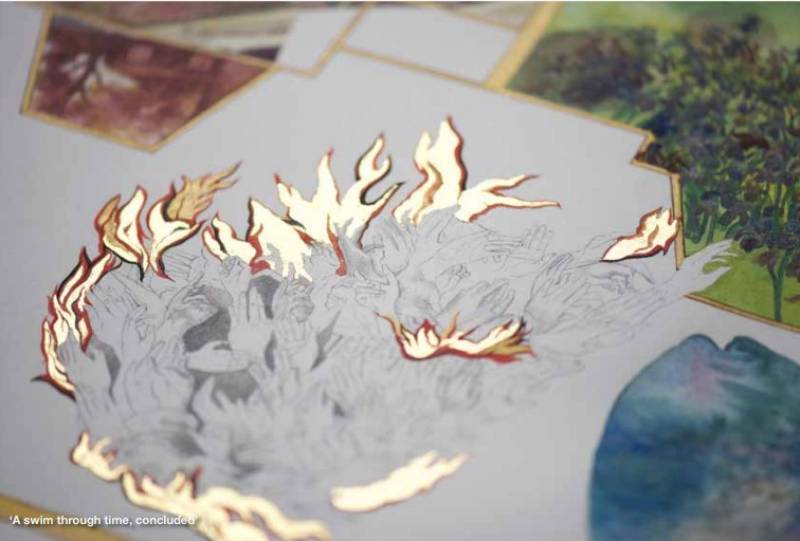
Why was it unusual, or even taboo, to make art about women’s issues when you were coming up? What pressures did you face as a female artist?
Female artists in Pakistan have been making work about gender and identity (among other subjects) for decades. I hope that my work can be seen as part of this ongoing dialogue. The only challenge I’ve occasionally experienced is when I am depicting female nakedness in my paintings which has in the past, made people uncomfortable. On the whole though, this hasn’t been too problematic.
Let’s talk about your latest artwork, ‘Life of an Image’, recently showcased a t Khaas Gallery in Islamabad. Tell us a little bit about it.
The ‘Life of an Image’ is a multimedia series through which I explore the introspective artistic process, its challenges, complexities and outcomes. The body of work examines the creative process of art-making and interprets the life of the work once it leaves the artist’s studio. The artwork exists and interacts within a multitude of systems, which often operate entirely independent of the artist, each with its own vision and purpose. Ultimately, these systems determine the life of the work in terms of how it is perceived, where it will be viewed and by whom, and how it is contextualised.
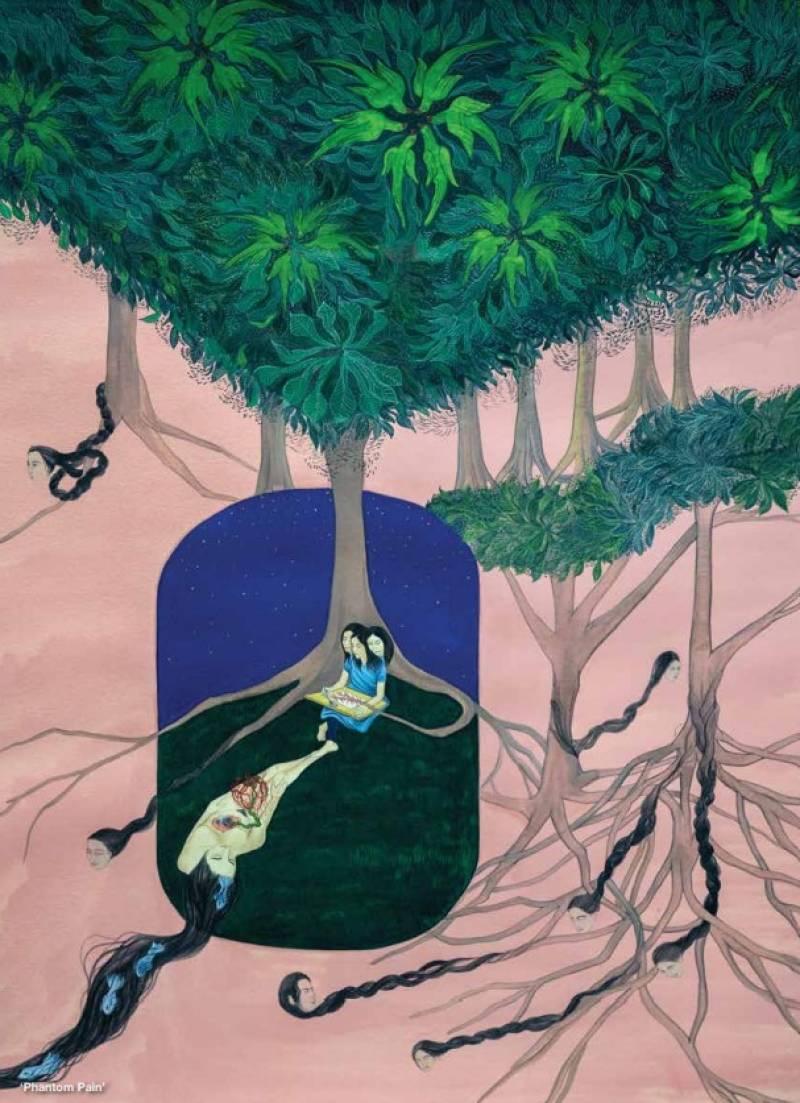
These thematic concerns culminate in Artscape, a four-player board game which I have created which enables its players to experience the art world. The four players are The Artist, The Gallerist, The Critic, and The Collector. Playing cards guide each player throughout the game which consists of discussions, making choices, answering riddles, and monetary exchanges. Various dilemmas are presented to each player in the game which impacts his/ her success and relationship with other players. The game examines the relationship between creative practitioners, art production, and the art market. It addresses power structures such as Patriarchy and Capitalism, specifically drawing attention to #Metoo and ethical art practices. The role of the artist as a creative individual contending with these power structures is a central theme.
You’re also the founder of ‘The Creative Process’; walk us through the journey of how it all started and what made you come up with it...
‘The Creative Process’ was a collective that I created in collaboration with artist and curator Abdullah Qureshi. It responded to a need I felt at the time to connect with different creative practitioners and collaborate. We had weekly sessions in which each member hosted a happening or event. We would draw together, have music sessions or walk around the city. Our work together resulted in a show called ‘Of Other Spaces’ which took place in a broken down house in Lahore in 2017.
What do you do when you’re not creating something? Do you need to stop and unwind or working the ultimate form of relaxation?
When I’m not creating, I’m a couch potato. I waste a lot of time watching TV shows! Other than that, I enjoy Kathak classes and gardening.
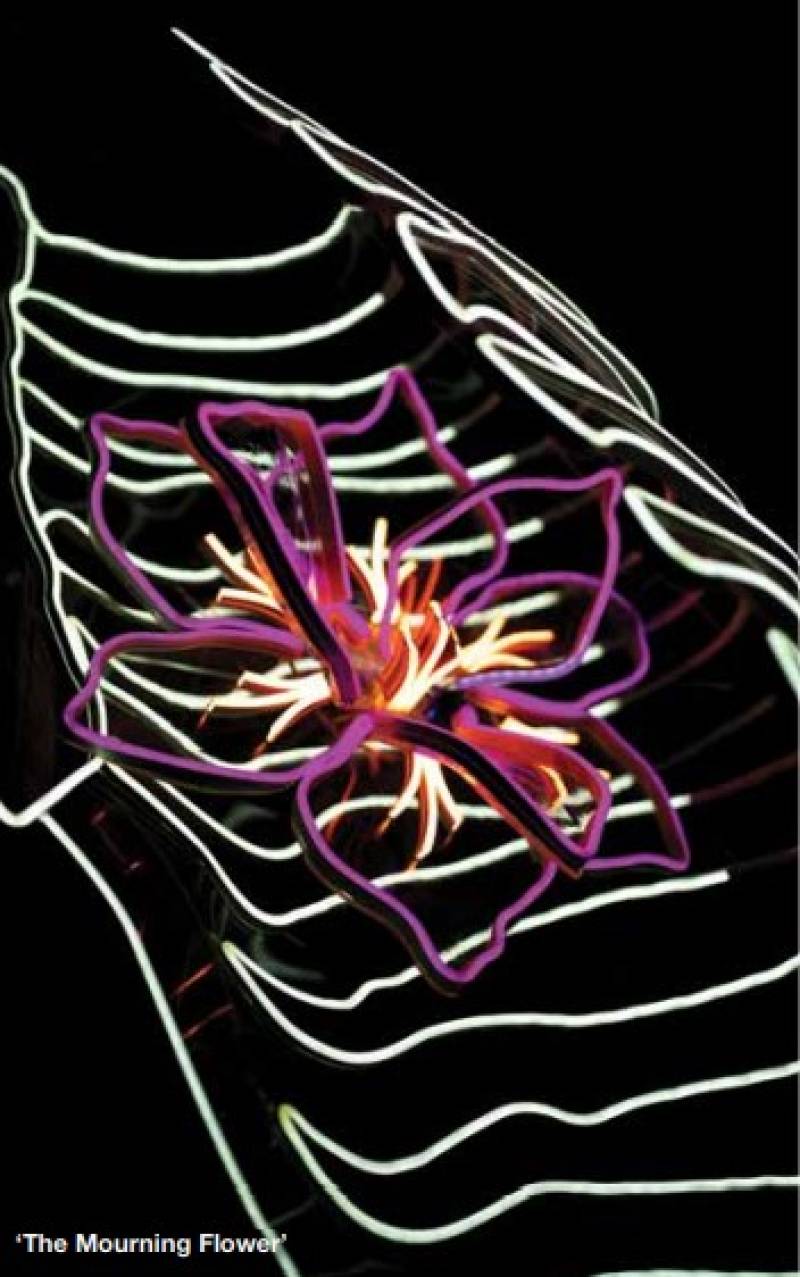
What is a myth about women artists you’d like to debunk most?
I’m not sure actually. I hope that our audiences and critics become much more receptive to what women are saying in their work and understand that it comes from diverse experiences and perspectives. Our work should not be reduced and categorized as quickly as it tends to be.
What makes an art work compelling? Or feminist?
The interesting thing about art is that there is an endless array of possible answers on what makes it compelling, and this comes from how the maker chooses to express their thoughts. Each work is exciting and different, and there is no formula on how to make this happen.
What’s next for you? Any particular work you want to tell us about?
More group shows this year and hopefully another solo exhibition next year!
INTERVIEW: SUNDUS UNSAR RAJA
PHOTOS: COURTESY KHAAS GALLERY
